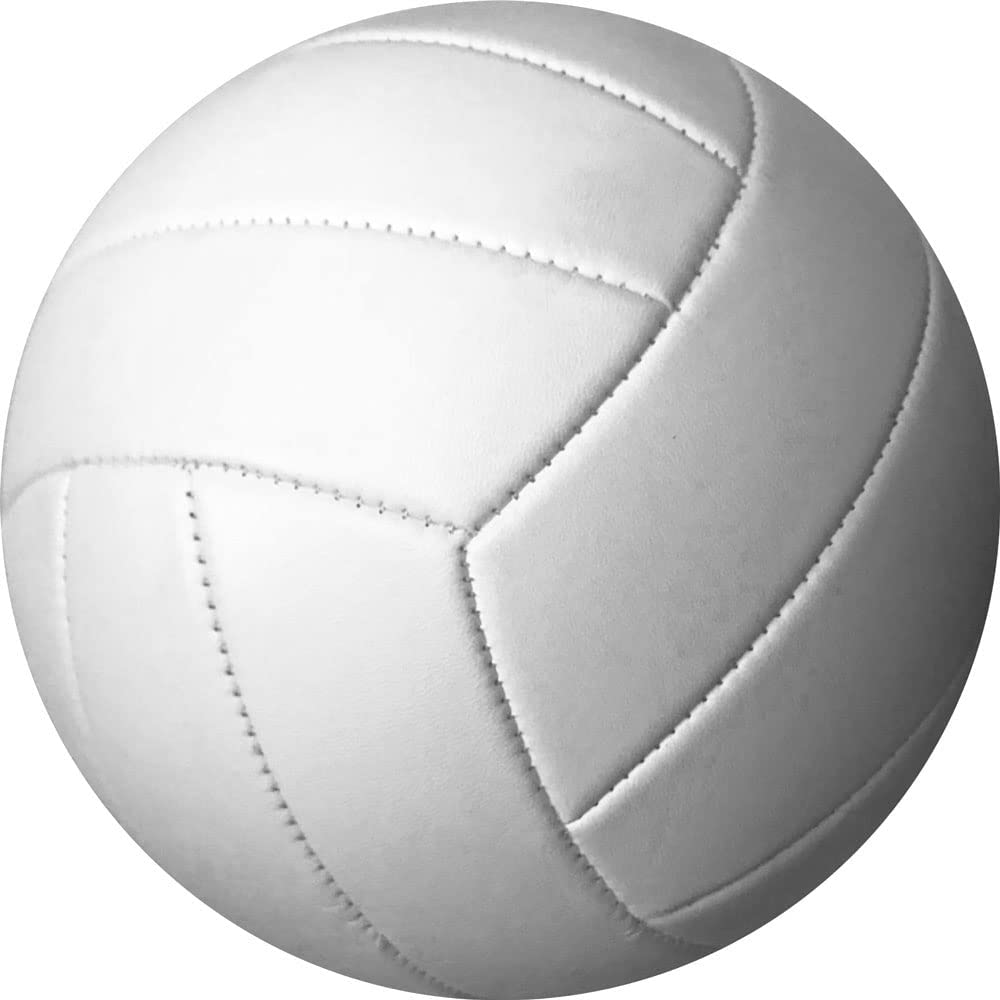Volleyball
Volleyball
Volleyball is
a team sport in
which two teams of six players are separated by a net. Each team tries to score
points by grounding a ball on the other team's court under organized rules. It
has been a part of the official program of the Summer Olympic Games since Tokyo 1964. Beach volleyball was
introduced to the programme at the Atlanta 1996. The adapted version of volleyball
at the Summer Paralympic Games is sitting volleyball.
The complete set of rules is extensive, but
play essentially proceeds as follows: a player on one of the teams begins a
'rally' by serving the ball (tossing or releasing it and then hitting it with a
hand or arm), from behind the back boundary line of the court, over the net,
and into the receiving team's court. The receiving team must not let the
ball be grounded within their court. The team may touch the ball up to three
times to return the ball to the other side of the court, but individual players
may not touch the ball twice consecutively. Typically, the first two
touches are used to set up for an attack. An attack is an attempt to direct the
ball back over the net in such a way that the team receiving the ball is unable
to pass the ball and continue the rally, thus, losing the point. The team that
wins the rally is awarded a point and serves the ball to start the next rally.
A few of the most common faults include:
·
causing the ball to
touch the ground or floor outside the opponents' court or without first passing
over the net;
·
catching
and throwing the ball;
·
double
hit: two consecutive
contacts with the ball made by the same player;
·
four consecutive
contacts with the ball made by the same team;
·
net foul: touching the
net during play;
·
foot fault: the foot
crosses over the boundary line when serving or under the net when a front row
player is trying to keep the ball in play.
The ball is usually played with the hands or arms, but players
can legally strike or push (short contact) the ball with any part of the body.
A number of consistent techniques have evolved in volleyball, including spiking and blocking (because these plays are made above the top of the net, the vertical jump
is
an athletic skill emphasized in the sport) as well as passing, setting,
and specialized player positions and offensive and defensive structures.
Rules of the game
Volleyball court
The court dimensions
A volleyball court is
9 m × 18 m (29.5 ft × 59.1 ft), divided into
equal square halves by a net with a width of one meter (39.4 in) The
top of the net is 2.43 m (7 ft 11+11⁄16 in) above the center of the court for
men's competition, and 2.24 m (7 ft 4+3⁄16 in) for women's
competition, varied for veterans and junior competitions
The minimum height clearance for indoor volleyball courts is
7 m (23.0 ft), although a clearance of 8 m (26.2 ft) is
recommended.
A line 3 m (9.8 ft) from and parallel to the net is
considered the "attack line". This "3 meter" (or
"10-foot") line divides the court into "back row" and
"front row" areas (also back court and front court). These are
in turn divided into 3 areas each: these are numbered as follows, starting from
area "1", which is the position of the serving player:
Rotation pattern
After a team gains the serve (also known as siding out), its
members must rotate in a clockwise direction, with the player previously in
area "2" moving to area "1" and so on, with the player from
area "1" moving to area "6". Each player rotates only
one time after the team gains possession of the service; the next time each
player rotates will be after the other team wins possession of the ball and
loses the point
The team courts are surrounded by an area called the free zone
which is a minimum of 3 meters wide and which the players may enter and play
within after the service of the ball. All lines denoting the boundaries of
the team court and the attack zone are drawn or painted within the dimensions
of the area and are therefore a part of the court or zone. If a ball comes in
contact with the line, the ball is considered to be "in". An antenna
is placed on each side of the net perpendicular to the sideline and is a
vertical extension of the side boundary of the court. A ball passing over the
net must pass completely between the antennae (or their theoretical extensions
to the ceiling) without contacting them.





Comments
Post a Comment